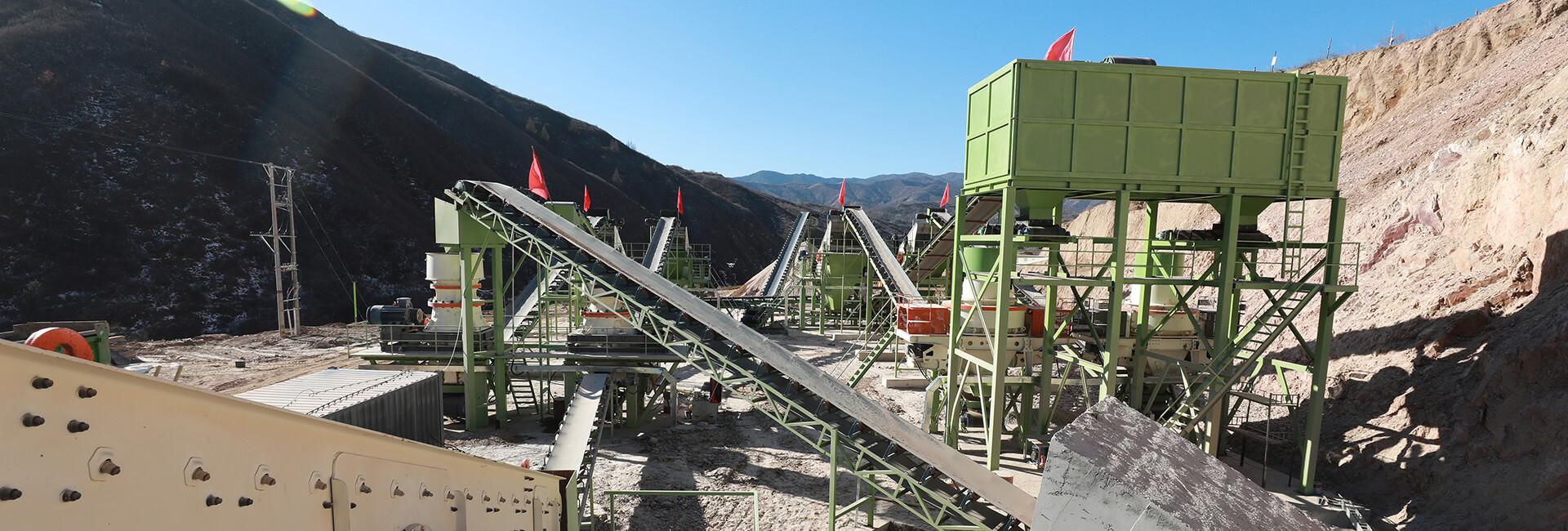

Aggregates refer to granular materials such as sand, gravel, crushed stone, slag, recycled concrete, and geosynthetic aggregates. These materials are commonly used as key components in various construction applications.
Natural aggregates: These include materials sourced from natural deposits, such as sand and gravel, which are typically found in riverbeds, quarries, or naturally occurring rock formations.
Crushed aggregates: These are obtained by crushing large rocks or boulders into smaller pieces. Crushed stone and crushed gravel are common examples.
Recycled aggregates: These are derived from recycled materials, often from demolished buildings or structures. Recycling concrete and asphalt pavement are common sources of recycled aggregates.
Due to the restriction of natural resources and environmental protection requirements, natural aggregate and sand mining is limited, and now the main source of aggregate is artificial crushing and recycled aggregate. WOCATSPOM crusher is committed to producing high quality aggregate at the best cost.
Aggregates come in different sizes are used for different purposes, common aggregate sizes and their functions are listed below.
0-1/4” Aggregate is typically used for asphalt paving, pipe bedding for buried pipe underground, brick making, etc.

Used for the production of Asphalt paving material, pipe bedding for buried pipe underground and brick making
1/4-3/8” Aggregate is typically used for asphalt paving, concrete for fine mixes, etc.

Used for the production of asphalt paving material, used in concrete for fine mixes
3/8-3/4” Aggregate is typically used for concrete for coarse mixes, asphalt as a material for base course paving, backfilling or leveling areas, etc.

Used in concrete as a course aggregate, used in asphalt as a material for base course paving. Used for backfilling or leveling areas that will be poured with concrete such as slabs
3/4-1.2” Aggregate is typically used for concrete for coarse mixes, asphalt as a material for base course paving, backfilling or leveling areas, etc.

Used in concrete as a course aggregate, used in asphalt as a material for base course paving. Used for backfilling or leveling areas that will be poured with concrete such as slabs
 Chat Online
Chat Online Get Solution
Get Solution